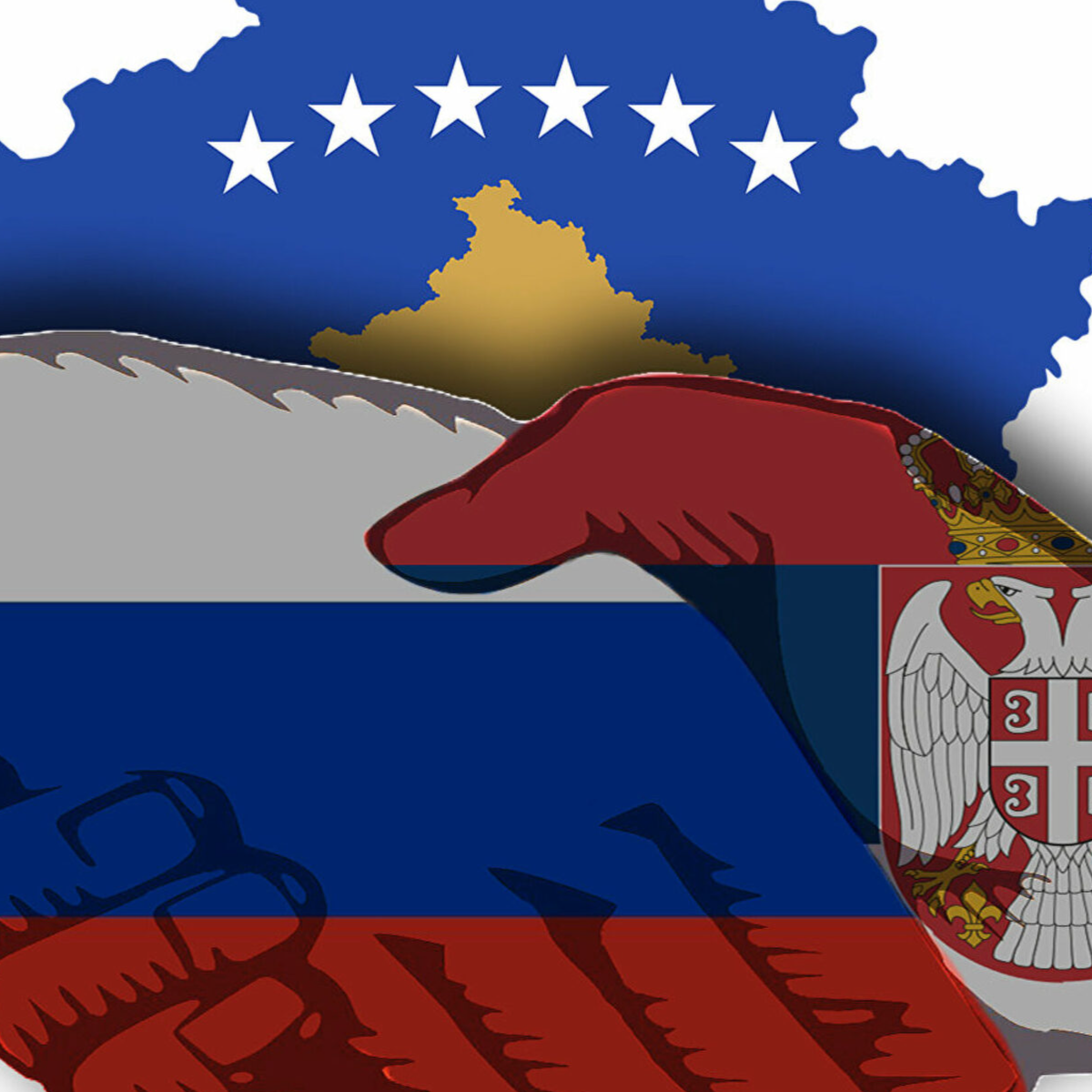The geopolitical tensions between Kosovo and Serbia have once again come to the forefront, with increasing concerns about a potential escalation in conflict, particularly within the context of the broader regional instability exacerbated by the war in Ukraine. While the surface-level analysis may suggest that old ethnic tensions and territorial disputes are being reignited, a deeper examination reveals that the situation is deeply intertwined with economic factors and the strategic interests of imperialist powers, primarily the European Union (EU) and the United States.
In the case of Serbia, its reliance on Russian gas and Moscow’s backing of Belgrade’s stance on Kosovo have played a crucial role in shaping its foreign policy. Serbia is heavily dependent on Russian gas, which is delivered via the TurkStream pipeline, a key energy route that stretches through Bulgaria and into Serbia. As a result, Serbia has been reluctant to impose sanctions on Russia despite its candidacy for European Union membership. This situation has left Serbia balancing its longstanding ties to Russia while simultaneously attempting to deepen its relationship with the EU.
Serbia’s desire to strengthen its cooperation with the European Union was evident during the “Open Balkans” Summit in Belgrade, where Serbian President Aleksandar Vučić called for EU assistance in securing alternative energy supplies. His Albanian counterpart, Prime Minister Edi Rama, echoed these sentiments, highlighting the vulnerability of the Western Balkans during the COVID-19 pandemic, which forced the region to turn to China, Russia, and Turkey for support when the EU was primarily focused on its internal challenges.
The reality of Serbia’s economic situation presents a complex picture. Although Serbia seeks closer alignment with the EU, it remains tethered to Russian energy supplies due to its complete dependence on Russian gas for its thermal power plants in Pančevo, Novi Sad, and Zrenjanin. The European Union, despite its desire to reduce Russian influence in the Balkans, has yet to offer a viable alternative energy solution. Serbia’s growing economic ties with the EU, however, are undeniable, as the bloc has consistently been the largest investor in Serbia in recent years, surpassing both China and Russia in terms of foreign direct investment.
As for Kosovo, the unresolved territorial dispute between Kosovo and Serbia continues to serve as a point of tension in the region. Although Kosovo declared its independence in 2008, it remains a Western protectorate, heavily reliant on NATO’s Kosovo Force (KFOR) for its security. The EU and U.S. remain deeply involved in the political and economic development of Kosovo, with both powers having vested interests in maintaining stability in the region.
The recent disputes over license plates may appear to be minor administrative issues, but they are symptomatic of the larger unresolved issues between the two nations. The Kosovo government’s decision to enforce its licensing laws on Serb-majority areas in northern Kosovo prompted a strong response from the Serbian minority, with roadblocks and protests erupting in response. While these skirmishes have not escalated into full-scale conflict, they underscore the fragility of the situation.

The long-term solution to the Kosovo question remains elusive, with both the Serbian and Kosovar governments jockeying for influence while seeking to maintain their alliances with Western powers. As Kosovo refuses to join the “Open Balkans” initiative—a regional free trade agreement spearheaded by Albania, Serbia, and North Macedonia—the economic integration of the region continues to lag. Despite the tensions, economic cooperation between Kosovo and Serbia has grown in recent years, with Serbia becoming a key trading partner for Kosovo despite their political differences.
However, the deeper issue at hand is the role of imperialist powers in shaping the political and economic realities of the Balkans. The division of Yugoslavia in the 1990s, driven by Western interests, paved the way for the current fragmentation of the region. Today, both Kosovo and Serbia are heavily influenced by EU and U.S. policies, with their economies dependent on foreign investment from these powers. The ongoing rivalry between Russian and Western interests continues to shape the geopolitical dynamics in the region.
The potential for conflict between Kosovo and Serbia is not driven solely by ethnic or nationalist considerations but is deeply intertwined with the economic interests of both nations and the broader strategic interests of imperialist powers. The European Union, in particular, seeks to bring Serbia fully into its orbit while maintaining its control over Kosovo. The recent diplomatic efforts to ease tensions, including negotiations facilitated by the EU, demonstrate the importance of maintaining stability in the Balkans for both European and American interests.
In conclusion, while the media may frame the tensions between Kosovo and Serbia as the resurgence of old ethnic conflicts, the reality is far more complex. The influence of imperialist powers, economic dependencies, and the strategic importance of the region all play a critical role in shaping the ongoing tensions. The path forward will likely involve continued diplomatic engagement under the auspices of the EU and U.S., but the unresolved issues between Kosovo and Serbia remain a potential flashpoint for conflict in the future.

